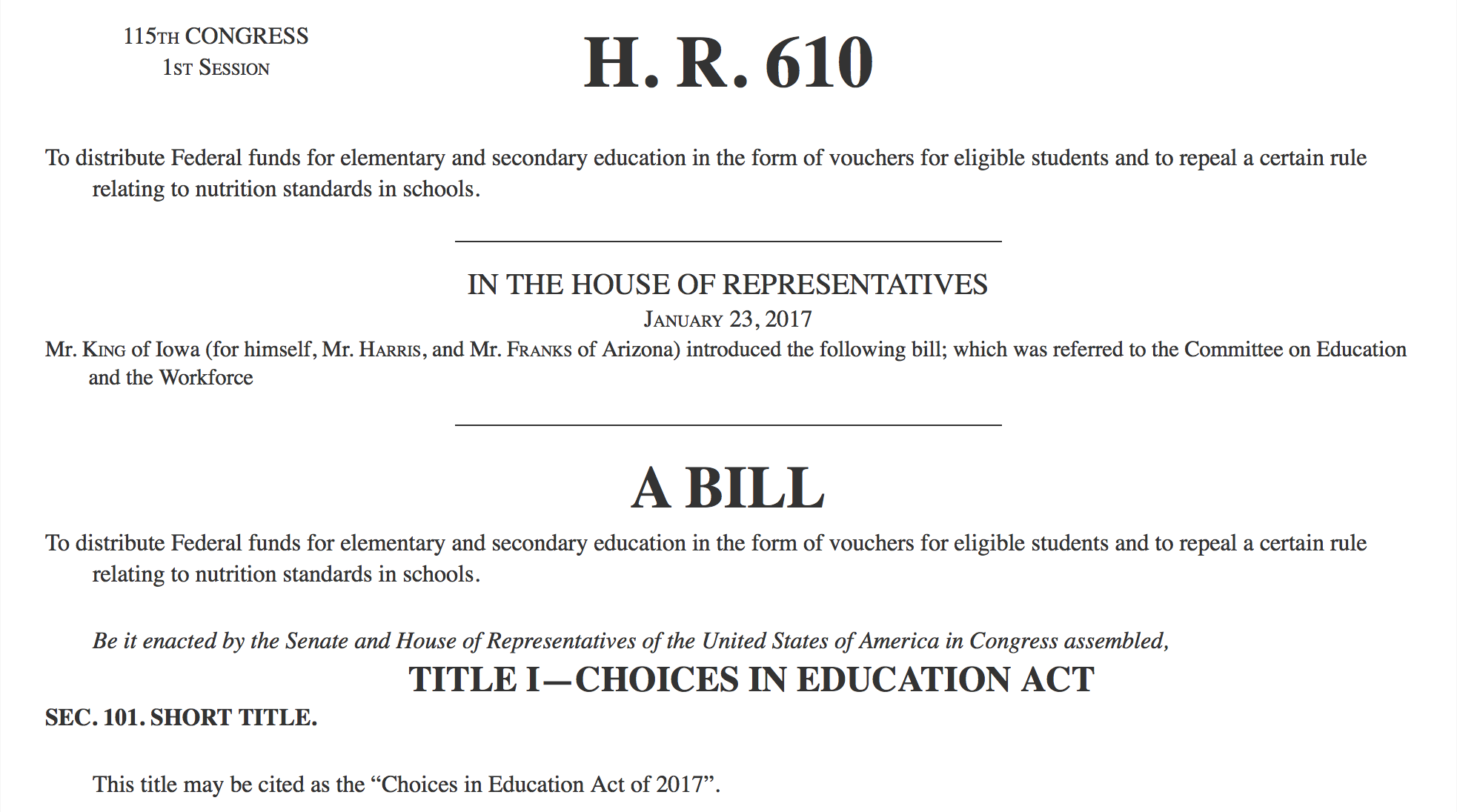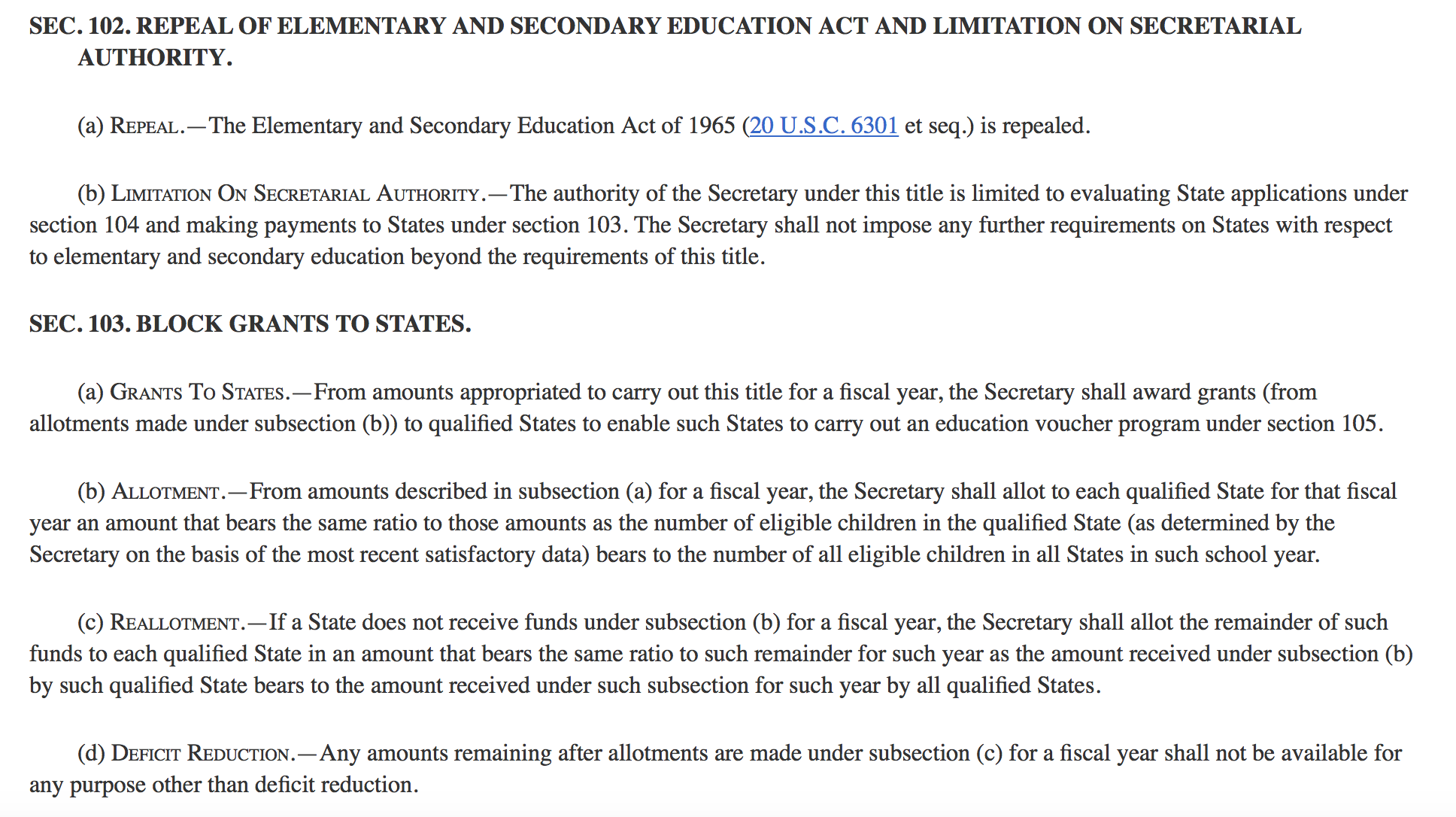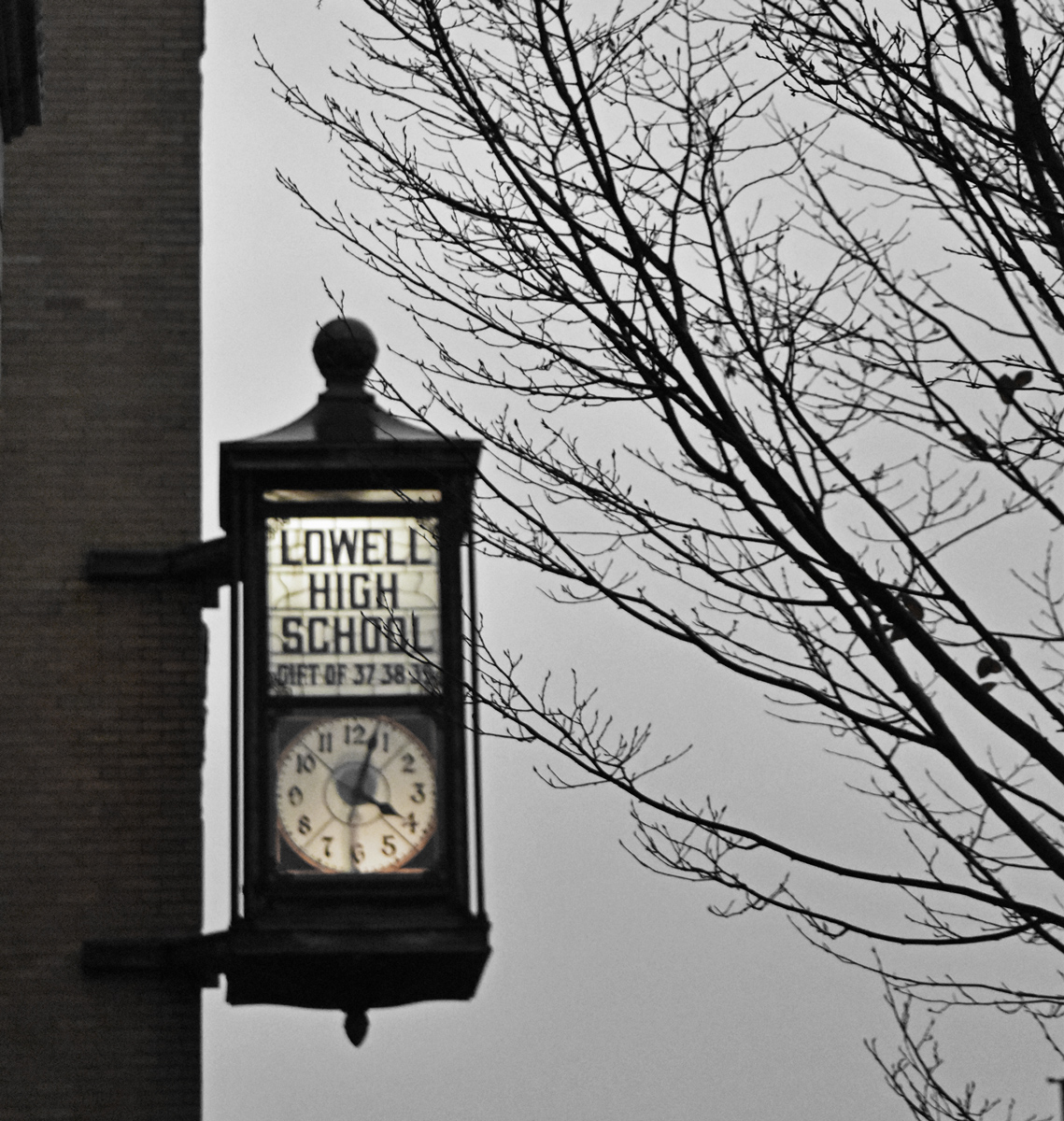Not-the-Notes Blog 1 March 2017
 Something happened this evening preventing the live broadcast of Lowell's School Committee Meeting for March 1. Until the taped meeting materializes, there won't be any notes about what transpired; however, this doesn't mean there isn't anything to think about.Found in the Permissions to Enter, are 4 requests totaling $882,470. All of these requests are expenditures from the Special Education Tuition account and are for Out of District (OOD) costs to agencies servicing student Individual Education Plans (IEPs).When the services necessary to provide a free and adequate education for a student cannot be met within the local school district, they must be contracted out. It is the legal responsibility of the school district to ensure that all students have access to the educational services that they need, and if the services cannot be provided from within, the district must provide those services through an agency that can. No one gets turned away because educational needs are challenging.All of the recent talk about vouchers and funding and such got me thinking about this. With the implementation of a voucher, or "school choice" program, would there be a requirement for all school settings (public, charter, private/religious) to equitably accept students regardless of special education need?Here's how that is playing out right now in Lowell. Students receiving services are counted as Students with Disabilities on DESE's student profile for Lowell Public School District. This number is reported at 16% (data from 2016-17). There are several educational environments for special education service delivery as shown in the following graphic. This data, the most recent on DESE's Lowell Public Schools profile site, is from 2015 and is the most recent reported on DESE's site. The data includes children aged 6-21 with IEPs.
Something happened this evening preventing the live broadcast of Lowell's School Committee Meeting for March 1. Until the taped meeting materializes, there won't be any notes about what transpired; however, this doesn't mean there isn't anything to think about.Found in the Permissions to Enter, are 4 requests totaling $882,470. All of these requests are expenditures from the Special Education Tuition account and are for Out of District (OOD) costs to agencies servicing student Individual Education Plans (IEPs).When the services necessary to provide a free and adequate education for a student cannot be met within the local school district, they must be contracted out. It is the legal responsibility of the school district to ensure that all students have access to the educational services that they need, and if the services cannot be provided from within, the district must provide those services through an agency that can. No one gets turned away because educational needs are challenging.All of the recent talk about vouchers and funding and such got me thinking about this. With the implementation of a voucher, or "school choice" program, would there be a requirement for all school settings (public, charter, private/religious) to equitably accept students regardless of special education need?Here's how that is playing out right now in Lowell. Students receiving services are counted as Students with Disabilities on DESE's student profile for Lowell Public School District. This number is reported at 16% (data from 2016-17). There are several educational environments for special education service delivery as shown in the following graphic. This data, the most recent on DESE's Lowell Public Schools profile site, is from 2015 and is the most recent reported on DESE's site. The data includes children aged 6-21 with IEPs. In thinking about what might happen should a voucher program become reality, I took a look at what currently occurs with traditional public schools and charter schools. Charter Schools should reflect a similar demographic to the local public school district. In principle, sometimes charter schools do, but sometimes they do not.In Lowell, the Community Charter School reports 15.5% of enrolled students have disabilities, yet the Collegiate Charter School reports 11.6% (both 2016-17 data, same timeframe as reported for LPSD above).Using the most recent data available for educational environments (2015), however, reveals that sometimes digging deeper into data can be interesting. Take a look at the data specifying educational environment, especially those environments that require specialized intervention and services, such as Out of District placements.
In thinking about what might happen should a voucher program become reality, I took a look at what currently occurs with traditional public schools and charter schools. Charter Schools should reflect a similar demographic to the local public school district. In principle, sometimes charter schools do, but sometimes they do not.In Lowell, the Community Charter School reports 15.5% of enrolled students have disabilities, yet the Collegiate Charter School reports 11.6% (both 2016-17 data, same timeframe as reported for LPSD above).Using the most recent data available for educational environments (2015), however, reveals that sometimes digging deeper into data can be interesting. Take a look at the data specifying educational environment, especially those environments that require specialized intervention and services, such as Out of District placements.
 Neither of the two charter schools have special education students needing either substantially separate services or separate schools/facilities/homebound-hospital placements?So as the proponents of a voucher, or "choice" system continue to push their agenda forward, I'll be watching to see if those hollering about choice for all families and students really mean all. Or do they mean just those students with less challenging needs.
Neither of the two charter schools have special education students needing either substantially separate services or separate schools/facilities/homebound-hospital placements?So as the proponents of a voucher, or "choice" system continue to push their agenda forward, I'll be watching to see if those hollering about choice for all families and students really mean all. Or do they mean just those students with less challenging needs.
 Remember the episode
Remember the episode
 So here are some of my questions:The funding: Although HR610 does not come right out and say it directly, can we all suppose that by eliminating the Elementary & Secondary Act of 1965 and all of the amendments, any further funding of current federal grant programs will disappear? And through elimination of this funding source, what services currently available to students and families will disappear?This financial report, from the Feb. 15 2017 Lowell School Committee Meeting shows the sources of Grant Funding and expenditures to date. <
So here are some of my questions:The funding: Although HR610 does not come right out and say it directly, can we all suppose that by eliminating the Elementary & Secondary Act of 1965 and all of the amendments, any further funding of current federal grant programs will disappear? And through elimination of this funding source, what services currently available to students and families will disappear?This financial report, from the Feb. 15 2017 Lowell School Committee Meeting shows the sources of Grant Funding and expenditures to date. <

 Between Tuesday’s City Council Meeting and Wednesday’s School Committee Meeting, Mayor Kennedy has done a yeoman’s job of navigating through some very highly charged Public Comment sessions.The agenda included a Public Hearing on Inter-District School Choice which quickly morphed into comment on Item 10, the Policy Subcommittee’s Report of Monday, May 16, 2016.Special Order of BusinessMayor Kennedy mentions there are 10 speakers registered to speak about Item 2016/134, Inter-District School Choice; however, after the first speaker, it was pointed out to him by Robert Gignac that many of the speakers were here to advocate for/against the policy of allowing out-of-district children of Lowell Public School staff to be educated by the Lowell Schools. I would urge anyone interested in both sides of this issue to find the
Between Tuesday’s City Council Meeting and Wednesday’s School Committee Meeting, Mayor Kennedy has done a yeoman’s job of navigating through some very highly charged Public Comment sessions.The agenda included a Public Hearing on Inter-District School Choice which quickly morphed into comment on Item 10, the Policy Subcommittee’s Report of Monday, May 16, 2016.Special Order of BusinessMayor Kennedy mentions there are 10 speakers registered to speak about Item 2016/134, Inter-District School Choice; however, after the first speaker, it was pointed out to him by Robert Gignac that many of the speakers were here to advocate for/against the policy of allowing out-of-district children of Lowell Public School staff to be educated by the Lowell Schools. I would urge anyone interested in both sides of this issue to find the